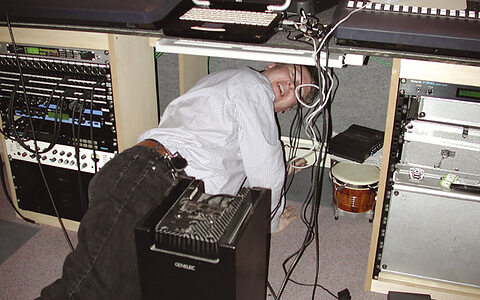I'm considering the purchase of two sets of headphones: the AKG K240DF (flat response) for mixing, and the K271 (coloured response) for musicians to wear when monitoring their own signal, giving them the best sound for inspiration and encouragement. Would these models be suitable for these applications?
